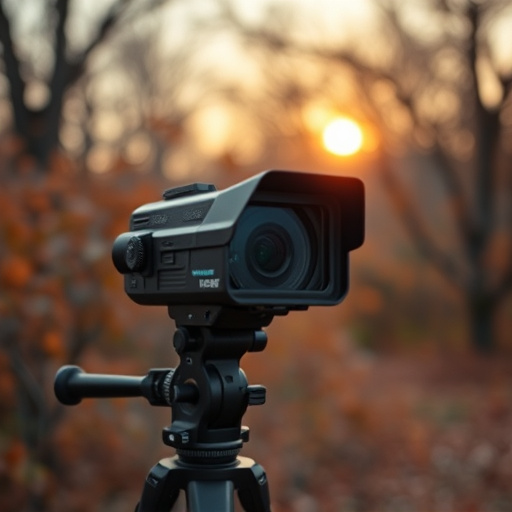Remote viewing nanny surveillance systems, facilitated by smartphone apps with image recognition, offer enhanced monitoring but raise privacy concerns. These apps provide real-time visual data analysis, improving safety and trust for working parents. However, they may infringe on nannies' rights to privacy, necessitating transparency, consent, and strict data privacy regulations to prevent abuse.
Uncover the world of hidden cameras with our guide to spy camera lens detection using just your smartphone. In an era where privacy is paramount, understanding how to identify these covert devices is crucial. We’ll explore effective methods to spot spy lenses and delve into mobile apps designed for remote surveillance, offering peace of mind. Additionally, we’ll discuss the ethical implications of nanny surveillance systems, highlighting responsible use. Stay informed and protect your personal spaces with this comprehensive overview of remote viewing tools.
- Understanding Spy Camera Lenses and Their Detection
- Mobile Apps for Remote Surveillance and Monitoring
- Ethical Considerations in Nanny Surveillance Systems
Understanding Spy Camera Lenses and Their Detection
Spy camera lenses, often disguised as everyday objects like buttons, pinholes, or even tiny notches in a wall, are designed for covert surveillance. These lenses facilitate remote viewing, enabling hidden observation and recording without the subject’s knowledge. They’re commonly used in various scenarios, including nanny surveillance systems, where parents aim to ensure their children’s safety while at home.
Detection of these invisible camera lenses has become an increasingly important concern due to their growing prevalence. Smartphone apps have been developed specifically for this purpose, using advanced image recognition algorithms to identify subtle patterns and anomalies that might indicate the presence of a hidden lens. By analyzing visual data in real-time, these apps help users pinpoint potential spy cameras, enhancing privacy protection and security measures.
Mobile Apps for Remote Surveillance and Monitoring
Mobile apps have transformed the way we approach remote viewing and surveillance, especially in the context of nanny surveillance systems. These innovative tools allow parents or caregivers to monitor activities from a distance, ensuring peace of mind. With just a smartphone, users can capture live feeds, access recorded footage, and even receive alerts for suspicious activity—all without being physically present.
The market offers a variety of apps tailored for these needs, each with unique features like motion detection, night vision capabilities, and two-way audio communication. These apps provide an extra layer of security, especially for working parents who rely on nannies or babysitters to care for their young ones. By integrating technology into daily routines, remote viewing apps enhance safety while promoting trust between caregivers and families.
Ethical Considerations in Nanny Surveillance Systems
The rise of remote viewing nanny surveillance systems, enabled by advancements in smartphone technology, brings both innovative benefits and significant ethical dilemmas. While these tools offer parents the convenience of monitoring their children’s activities from afar, they also raise privacy concerns among nannies and child care workers. The ability to secretly record and transmit video feeds through a phone app could foster a sense of distrust and violate an individual’s right to personal space and confidentiality.
Moreover, ethical considerations extend to the potential for abuse and misuse of these systems. Unregulated use could lead to invasive monitoring, eroding the trust between families and their caregivers. It is crucial that developers and users of remote viewing nanny surveillance systems prioritize transparency, obtain informed consent, and adhere to strict data privacy regulations to ensure a balanced approach that respects both parental rights and the dignity of those providing care.
Spy camera lenses, often hidden and designed for covert surveillance, have prompted the development of innovative mobile apps enabling remote viewing and monitoring. While these tools offer enhanced security through advanced detection capabilities, it’s crucial to balance convenience with ethical considerations in their use, especially within nanny surveillance systems. Responsible deployment of these technologies requires awareness and adherence to privacy laws while leveraging the benefits of remote viewing for peace of mind.
